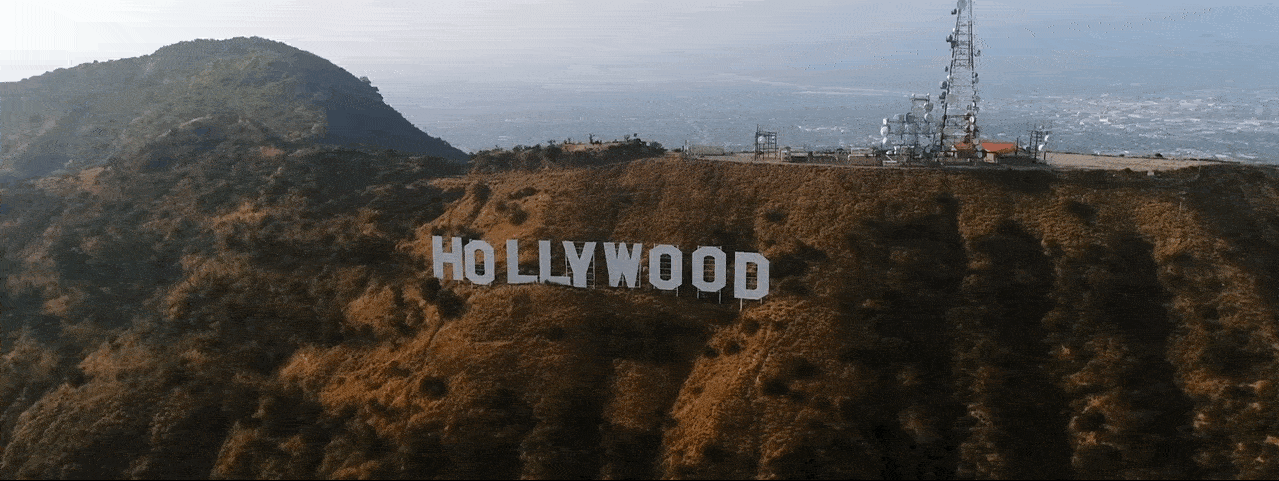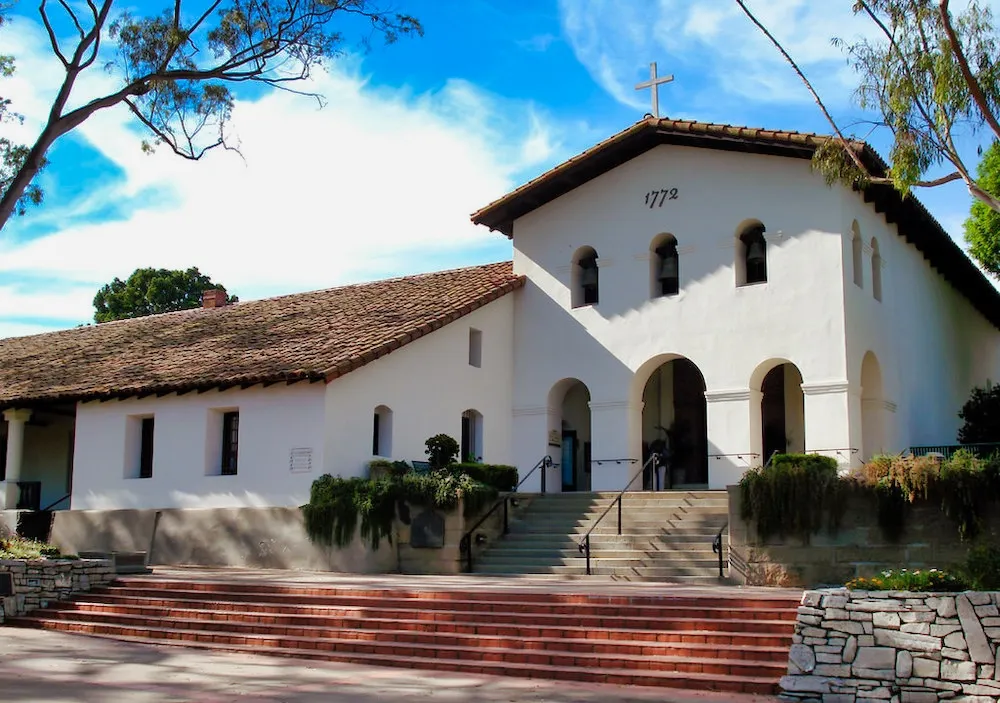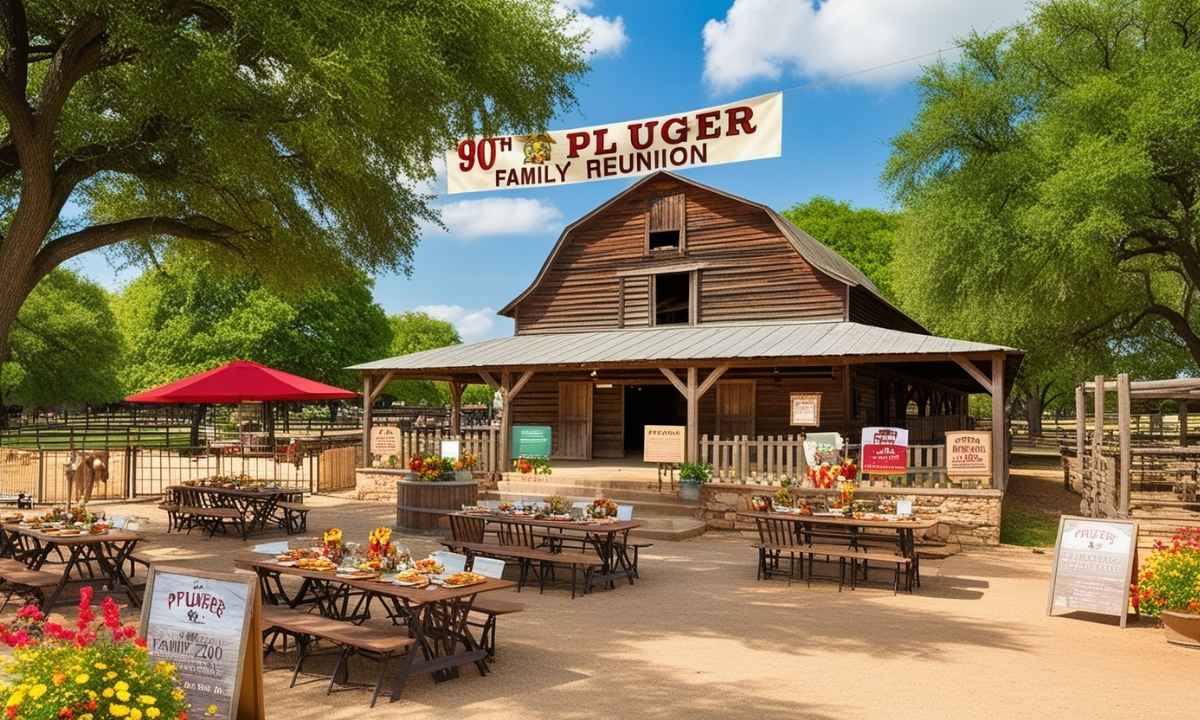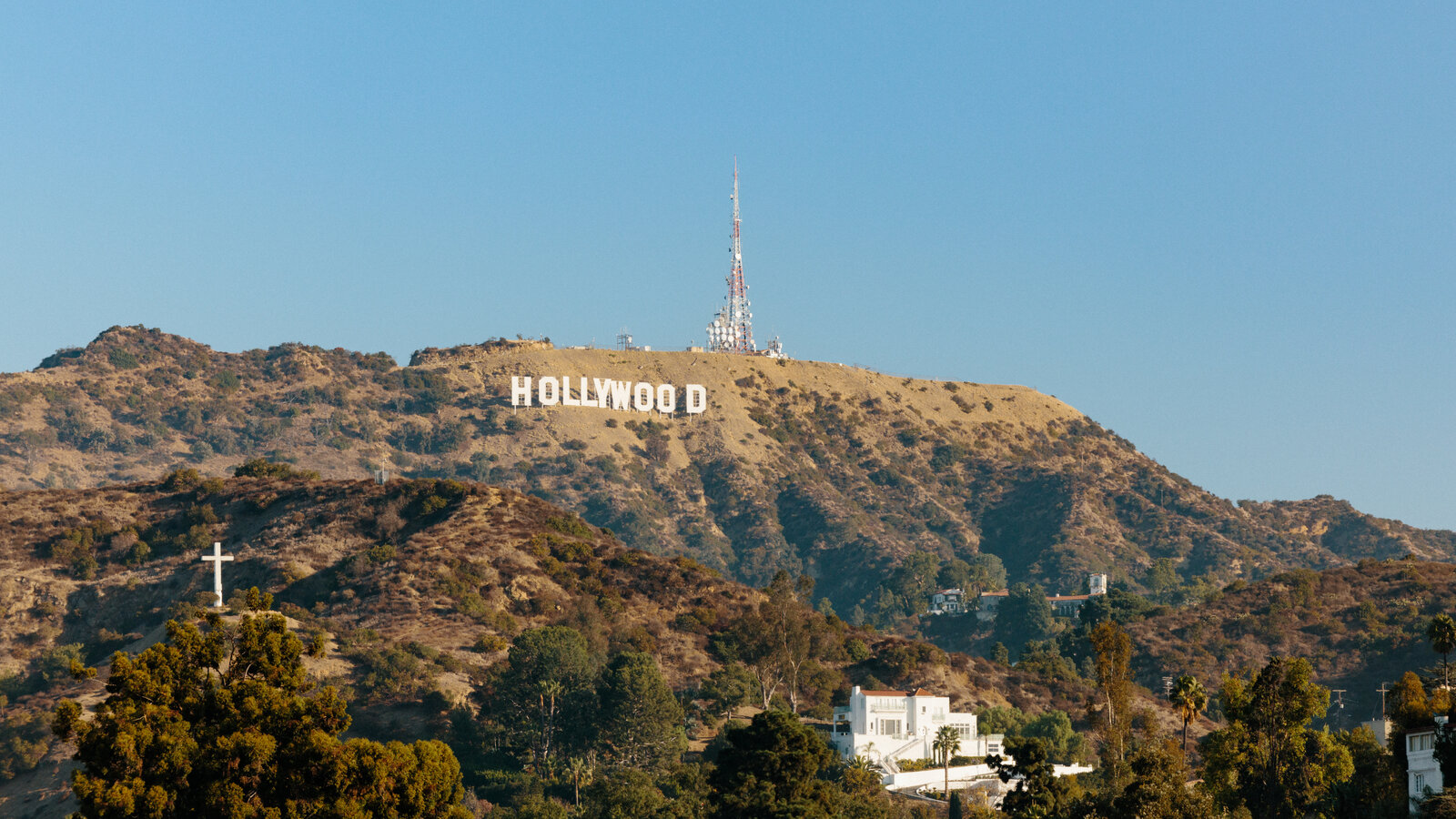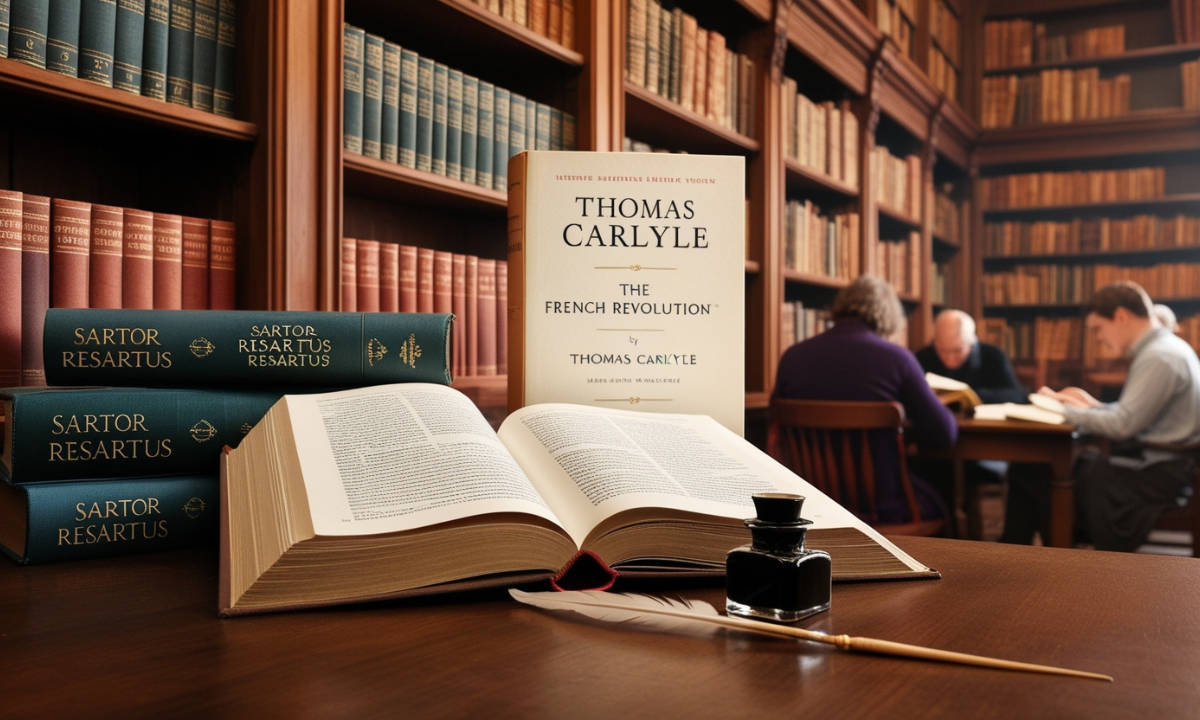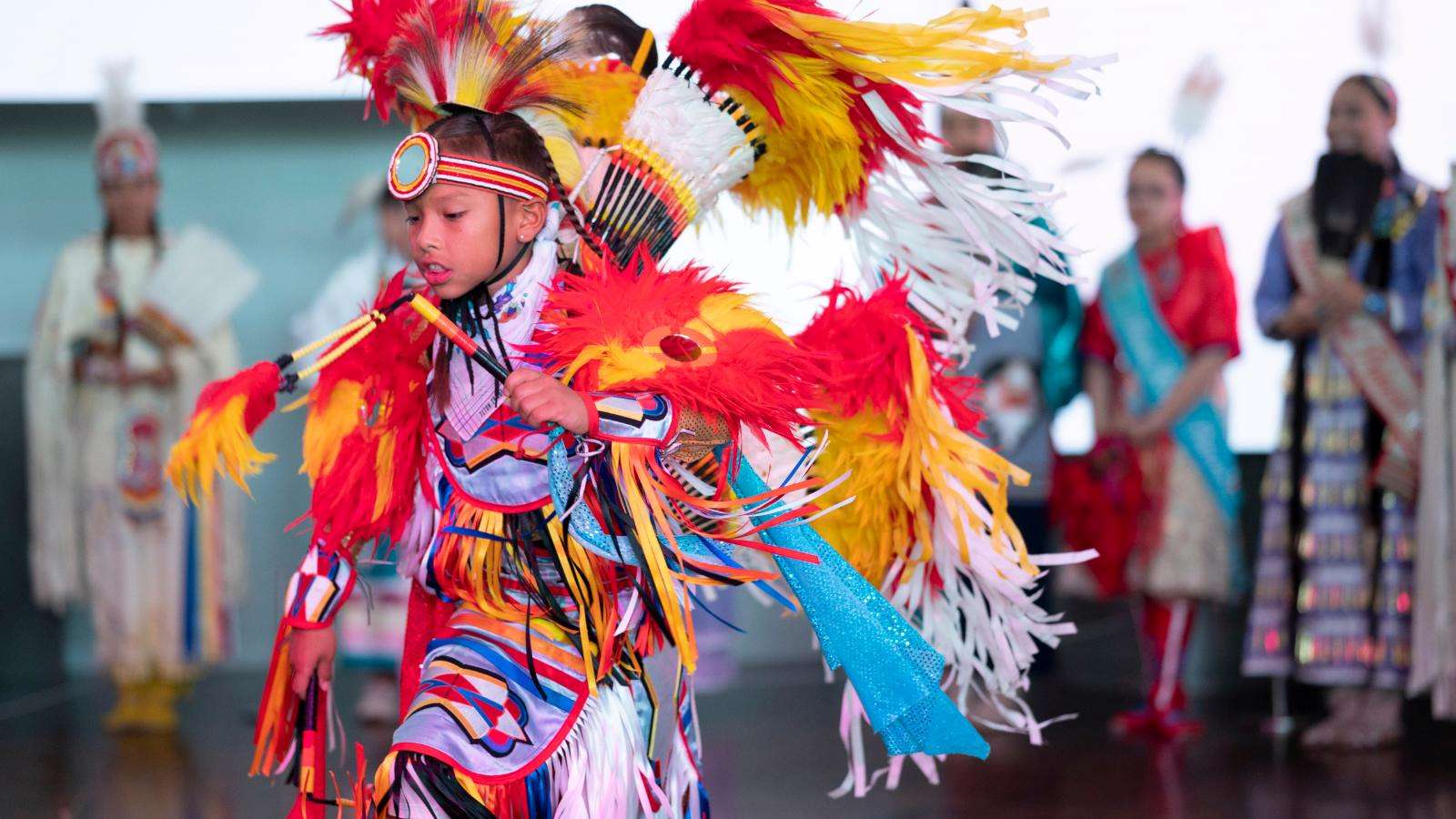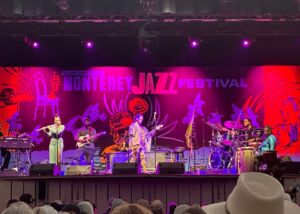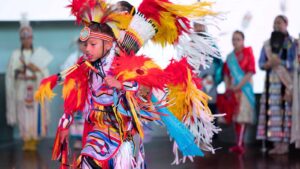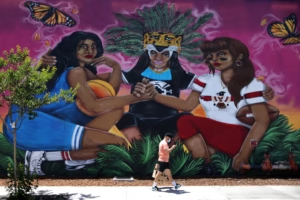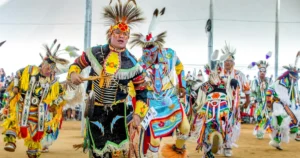7 Must-Visit Historic Missions of California You Never Knew About. California’s stunning coastline and diverse cultural landscape hide many historical treasures, but few are as architecturally and spiritually significant as its string of Spanish missions. These missions, established between 1769 and 1833, formed the backbone of early California settlement, serving as religious, agricultural, and community centers. While many travelers have heard of San Diego’s or Santa Barbara’s famous missions, several lesser-known sites offer equally rich – if not deeper – cultural experiences. These often-overlooked destinations carry untold stories of transformation, resilience, colonization, and spiritual evolution. As someone deeply immersed in California’s cultural history, I can say visiting these missions isn’t just a scenic detour – it’s a pilgrimage through time. Each mission offers more than just adobe walls and bell towers; it offers insight into California’s layered identity and the enduring legacy of Spanish, Mexican, and Indigenous influences.
Mission San Juan Bautista
Let’s start our journey with Mission San Juan Bautista, nestled in the lush San Benito County just east of Monterey Bay. This mission isn’t just known for its history – it also had a brush with Hollywood fame. If the name sounds familiar, it’s because Alfred Hitchcock used this very site in his iconic film Vertigo. Founded in 1797, San Juan Bautista boasts the largest church in the entire mission system. When you step into its long nave, you’re transported back to the 19th century — surrounded by hand-painted murals, wood-beamed ceilings, and a massive pipe organ that still works today. The church stands beside the San Andreas Fault, and from the mission’s rear garden, visitors can enjoy sweeping views of the valley below. Despite its cinematic fame, it remains a deeply spiritual place, frequently hosting weddings, community gatherings, and religious ceremonies – a vibrant hub of the past and present coexisting.
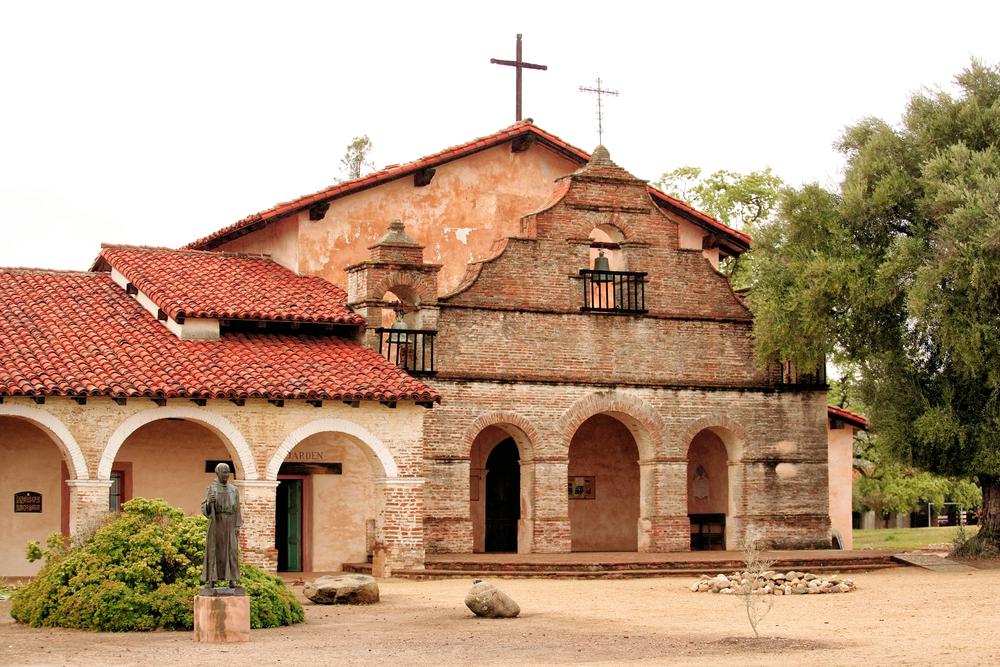
Mission San Miguel Arcángel
Traveling south along the Central Coast, Mission San Miguel Arcángel remains one of the most authentic mission experiences in California. Located just off Highway 101, it often escapes the radar of casual tourists. Established in 1797, this mission has endured fires, earthquakes, and neglect – yet today, much of its original structure stands untouched, making it one of the most historically accurate representations of the mission era. Inside its chapel, you’ll find vibrantly preserved murals painted by Indigenous artists over 200 years ago. These murals tell stories that words cannot – of faith, colonization, resistance, and beauty. Unlike other overly restored sites, San Miguel retains an earthy authenticity, from the squeak of the old wooden floors to the quiet cemetery behind its walls. Walking its narrow corridors, you feel the weight of time, and a sense of reverence wraps around you like a warm blanket.
Mission San Antonio de Padua
For those willing to venture further into the heart of California’s wildlands, Mission San Antonio de Padua awaits like a hidden relic of time. Founded in 1771, this mission lies deep within the Fort Hunter Liggett military base in southern Monterey County. Its isolation is both a challenge and a blessing. Far from the buzz of urban life, San Antonio de Padua offers tranquility that borders on the sacred. The road to the mission winds through golden fields and oak trees, ending at a cluster of rustic buildings with weather-worn walls. It’s easy to forget you’re in the 21st century when you’re standing on its grounds. Unlike other missions turned into museums, this one feels alive, yet frozen in a peaceful stillness. The courtyard, framed with arches and lined with lavender, radiates calm. Visitors often describe feeling a powerful connection to the land and to history here – as if the stories of those who lived, labored, and worshipped still linger in the air.
Mission Santa Inés
A completely different experience awaits at Mission Santa Inés, located in the charming town of Solvang – a place better known for its Danish pastries than its colonial history. Founded in 1804, Santa Inés was intended to bridge the spiritual needs of the region’s Spanish settlers and the native Chumash people. Today, it symbolizes cultural intersection, housing a beautiful museum that honors both traditions. Visitors can explore artifacts ranging from handcrafted Chumash tools to elaborately adorned Catholic vestments. The mission gardens burst with roses and olive trees, offering a peaceful escape. And just a short walk from the chapel, you can browse Solvang’s European-inspired shops – a juxtaposition of cultures that defines much of California. Santa Inés is more than a church; it’s a story of coexistence and cultural negotiation, and its role in preserving Indigenous history while embracing Spanish traditions makes it a standout stop on the mission trail.
Mission San Francisco Solano
The northernmost mission in the state, Mission San Francisco Solano, is located in the historic town of Sonoma. Unlike most missions that were built under Spanish authority, this one was established in 1823 under Mexican rule – making it politically and historically unique. While smaller in scale, San Francisco Solano holds outsized importance in California’s journey from colonial outpost to statehood. The surrounding Sonoma Plaza and nearby barracks provide a fuller context for understanding California’s transition through three governing powers: Spain, Mexico, and the United States. When you walk the mission grounds and then stroll into the nearby wine tasting rooms, you experience the living overlap of past and present – a true microcosm of California culture.
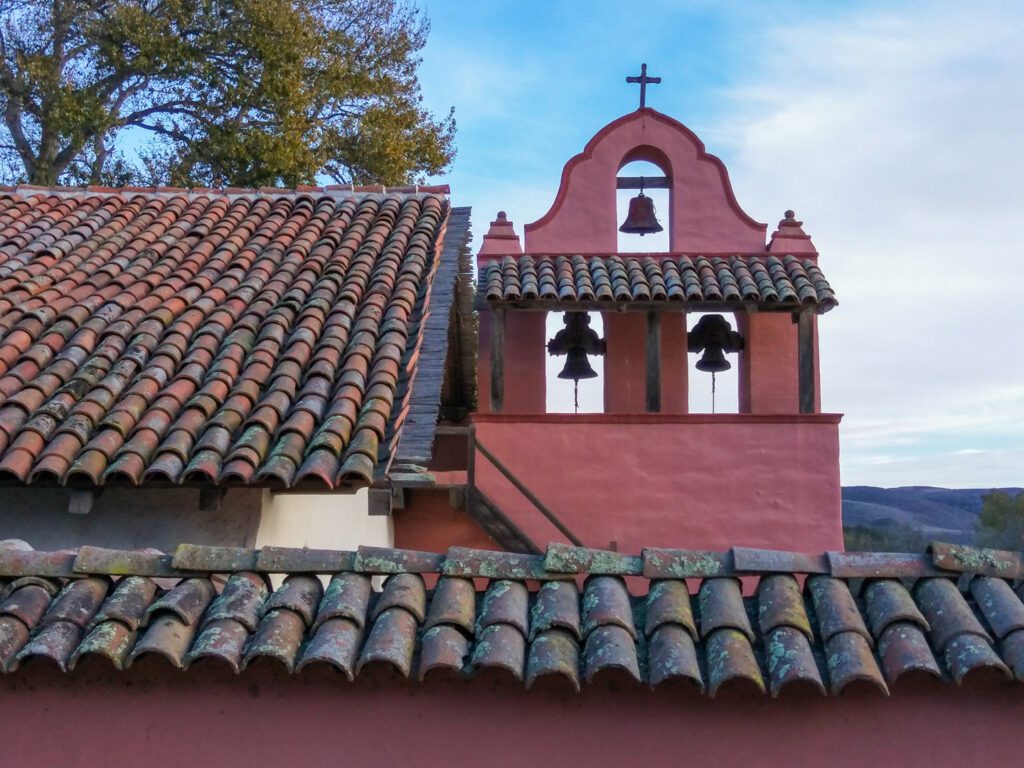
Mission San Buenaventura
Mission San Buenaventura, located in the vibrant coastal city of Ventura, offers both historical depth and visual delight. Founded in 1782, this mission continues to function as an active parish and remains the centerpiece of the city’s downtown area. Inside the chapel, original statues, hand-carved altarpieces, and stained-glass windows tell the story of generations of faith and transformation. The surrounding gardens, filled with citrus trees and fountains, offer a quiet oasis just steps away from Ventura’s busy beachfront. It’s a place where you can hear the sounds of ocean waves blending with the echo of bells – a perfect example of how mission life and modern California coexist side-by-side.
Mission La Purísima Concepción
Our final stop is at Mission La Purísima Concepción, located near the city of Lompoc in Santa Barbara County. Unlike other missions, La Purísima is a fully restored colonial complex set within a state historic park. What makes this site extraordinary is its immersive, living-history approach. On special weekends, costumed interpreters demonstrate traditional skills like blacksmithing, weaving, farming, and even candle-making. Visitors can explore more than a dozen restored buildings, including soldiers’ quarters, workshops, and chapels – each filled with period-appropriate furnishings and tools. Walking through La Purísima feels like stepping into a time machine. You can spend hours here without realizing it, absorbing the sights, smells, and sounds of a bygone era that still pulses with energy today.
Conclusion
In the end, these seven missions are more than historic buildings – they are cultural cornerstones, telling the multifaceted story of California’s formation. From the contributions of Indigenous tribes who built them, to the friars who led them, to the communities who preserved them, each mission embodies a unique chapter of resilience, faith, and heritage. As a writer and cultural explorer, I find that returning to these spaces always leaves me humbled and inspired. They remind us that our history isn’t something we read about in books – it’s something we can walk through, photograph, question, and feel. And in California, no journey into the soul of the state is complete without discovering the profound beauty of its missions.

